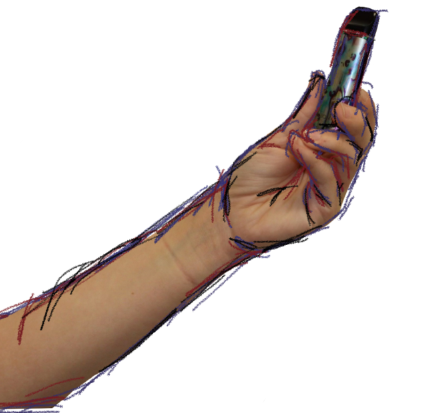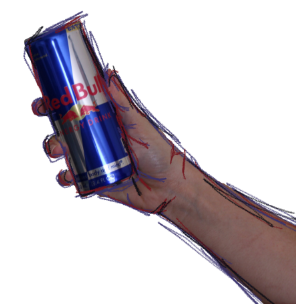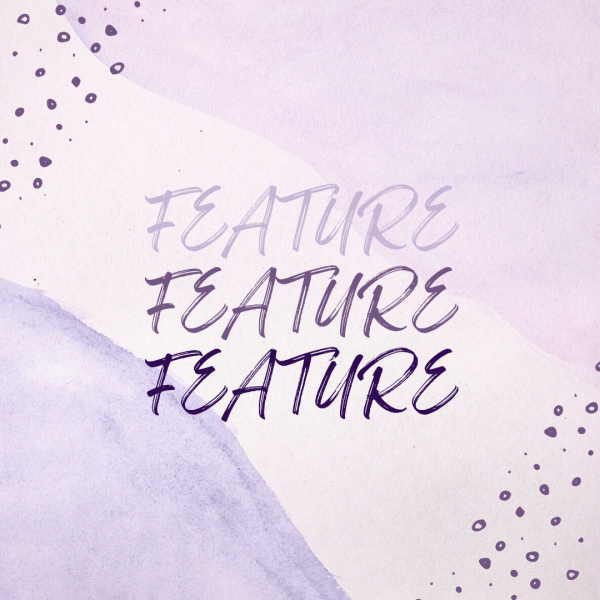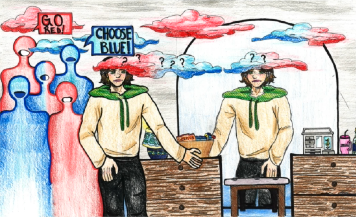Bad habits and addiction: A taboo that needs to be addressed
Most people have probably done something harmful even though they knew there would be consequences. For example, in the summer, it is common knowledge that wearing sunscreen can help prevent sunburn and skin cancer later in life. Even though many are aware of the repercussions of not wearing sunscreen, plenty of people still do not wear it because they do not understand how important it is or do not think it matters because it is not impacting them now.
Sure, one may get sunburned, but that sunburn eventually goes away. The same concept can apply to bad habits and addictions. While someone may think it is okay to develop bad habits now because the impact of a certain behavior or action has manageable consequences, the long-term effects can drastically influence the rest of their life, whether they know it or not.
First-year guidance counselor and former school psychologist John Markovich knows how easy it is for students to form bad habits.
“You start something, and it makes you feel better. That thing that makes you feel better in the short term does not always make you feel better in the long term. You start to get into that habit,” Markovich said.
Markovich understands that students might just be trying to get through daily battles, but he knows some coping mechanisms do not offer benefits.
“There is a commonality among people where they do not see the forest through the trees. You are just trying to make it day by day, and if there is something that can help you get through the day, we tend to rationalize our actions even if the outcome does not look great,” he said. “That is a major component of humans because we think, ‘Oh, that will never happen to me.’ It is a huge flaw we all have.”
Some students have a mindset that something unfortunate will never happen to them as a safeguard. While optimism is not a bad thing, being overly optimistic about something harmful may cause them to be unprepared for the outcome.

The word “addiction” can bring a range of emotions, and most are negative. Addiction is prevalent in society and can tear apart families.
Whether a person has seen addiction on television, watched someone they know go through the struggle or dealt with it firsthand, most people know what addiction is and the detrimental consequences it can have on a person.
According to the article Habit vs. Addiction: What’s the difference? published by Alvernia University, “The most important distinction between habit and addiction is how choice, to an extent, is still possible with habit-forming behaviors. When it comes to addiction, people generally have a harder time making decisions because of their dependence on a substance or behavior.”
Bad habits are obstructive, but a person can still function with them. For example, a bad habit may be drinking too much caffeine. While caffeine is a stimulant that many consume from energy drinks and coffee, it can become unhealthy when consumed in copious amounts. When someone starts to rely on the caffeine from something like energy drinks, it can turn into an addiction when how they act starts to change.
According to the New Choices Treatment Centers’ article Different Types of Addiction: Physical and Behavioral, “Physical addictions are the ones that are generally better known. These are addictions to substances that are ingested or otherwise put into a person’s body.”
When addiction comes to mind, people may think about abusing alcohol, tobacco, prescription drugs or marijuana, but addictions are more than what impacts a person physically.
Also according to the New Choices Treatment Centers, “Behavioral addiction is classified as any time that one loses control of their actions to engage in behaviors that result in brief feelings of happiness. That person becomes dependent on the pleasurable feelings that come as a result of certain behaviors and begins to compulsively act on that behavior.”
In school, a well-known addictive behavior is vaping.
“We can all agree that vaping is prevalent, as it is pretty accessible. I think it has even become normalized,” social worker Jenna Cartwright said.
Addiction is a form of escapism used so an individual can briefly get away from something, which can then impact their mentality.
According to the study To Get High or to Get Out? Examining the Link between Addictive Behaviors and Escapism by Hannu Jouhki and Atte Oksanen, “Escapism is a tendency to seek escape and distraction from reality or real-life problems. Past research regards escapism as a negative inducement that leads to adverse consequences when combined with substance use and other addictive activities.”
The use of escapism leads to consequences that are not beneficial to students.
“There is a connection between escapism, mental health and addiction, which leads to problems later if left unchecked and can affect a student when escapism, mental health and addiction build on each other. Even when we feel something is helpful, it is not doing any good,” Markovich said.
Stress also plays a critical role in bad habits and addictions. Short-term relief can happen while stressors continue to get worse and more abundant, and Cartwright knows how that repetition of stress and short-term relief can affect students.
“You are here to be a student. If you are scrolling on your phone for the entire class period because that is something you use to help you feel better, the stress will pile on because you missed what you are learning in class,” Cartwright said. “Even though you have to get caught up, you cannot remember the information now, [as you have] disrupted your learning environment.”
If a student does something harmful when stressed and their parents find out, it can cause that stress to become more severe, leading to an impact on their everyday life.

“Before long, you start to have health problems and drop out of sports and activities. Then, your grades drop. Once your parents find out and get mad, you have that added stress. Then, you get caught at school, and you get in trouble. You go home, and your parents are upset,” Markovich said.
Dealing with stress by forming bad habits is not beneficial, but there are people at school who want to help students learn how to cope and can provide resources for them.
“Not everyone gets the education they would get if they were coming to Student Services and meeting with their school counselor or social worker about what it means to implement positive coping strategies and learn to move away from [harmful] coping strategies,” Cartwright said. “The lack of education that some students face is doing more harm than good.”
With regular Monday lessons during homeroom, students can get some information that they may lack.
“I know there have been social-emotional learning (SEL) lessons in homeroom on base-level strategies. There is a reason why we talk about it. Some may not see the helpfulness of SEL lessons because they think, ‘I’m not stressed. Why are you telling me to take a deep breath?’ However, there is a benefit to taking [those lessons seriously],” Cartwright said.
Some students may worry about their parents’ reactions to certain situations, but someone admitting they need help is a step in the right direction to break bad habits and addictive cycles.
“There are times people think, ‘What will my parents say?’ But that phone call is the first step to get help. If you deal with the underlying issue, you may not need to use small crutches to get through a day,” Markovich said.

Name: Katie Pfotenhauer
Position: Co-Editor-in-Chief of Print and Co-Copy Editor
Graduation year: 2024
A few sentences...

Name: Elliot Krippelz
Position: Design Executive and Photography Executive
Graduation year: 2024
A few sentences...






